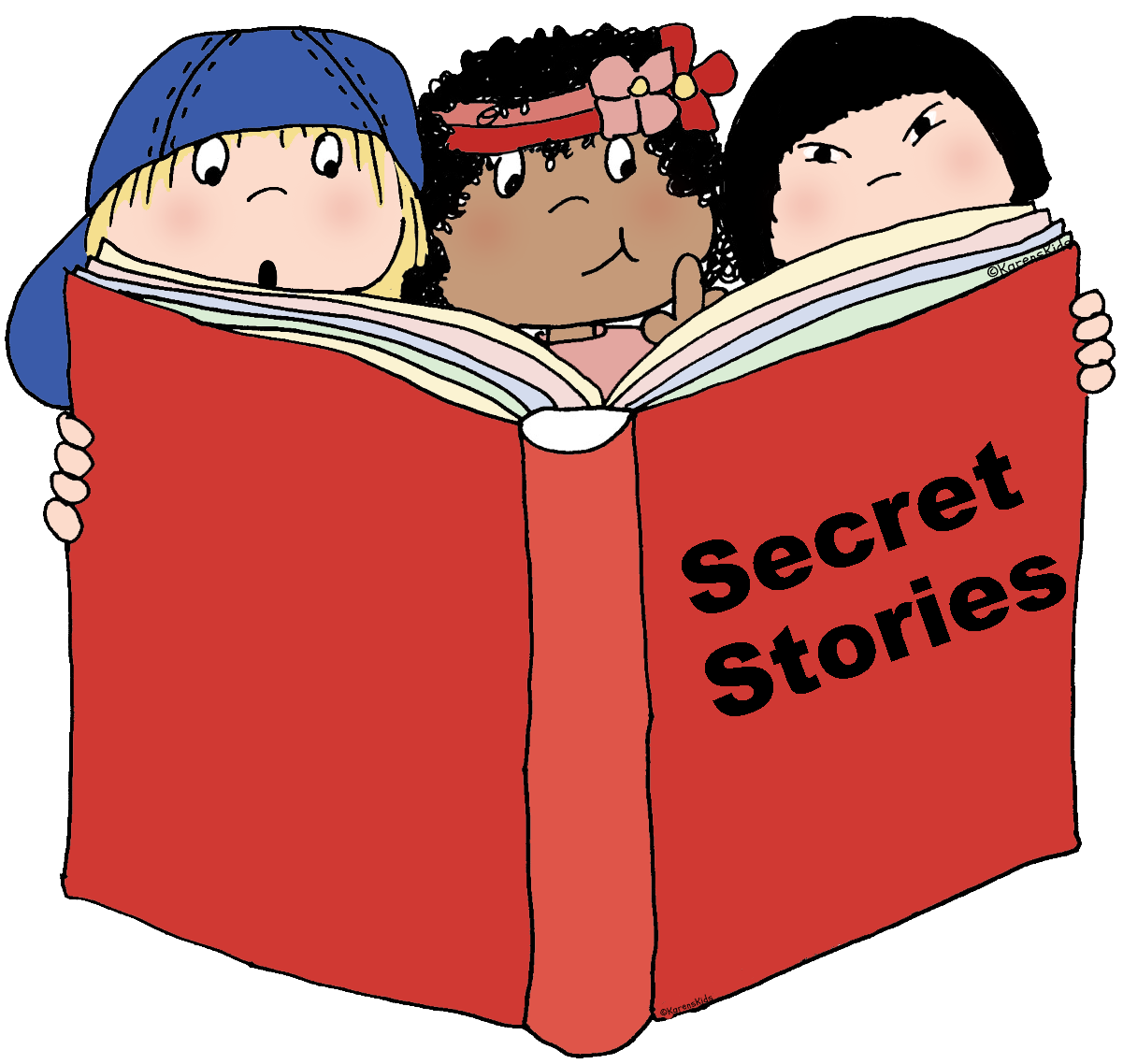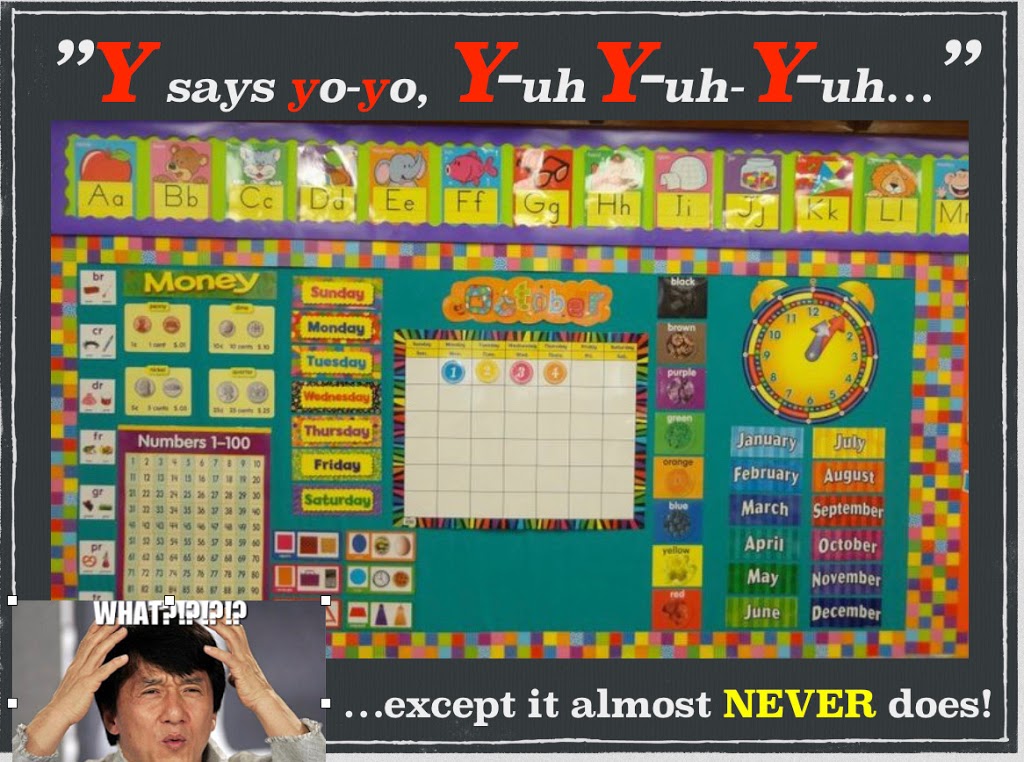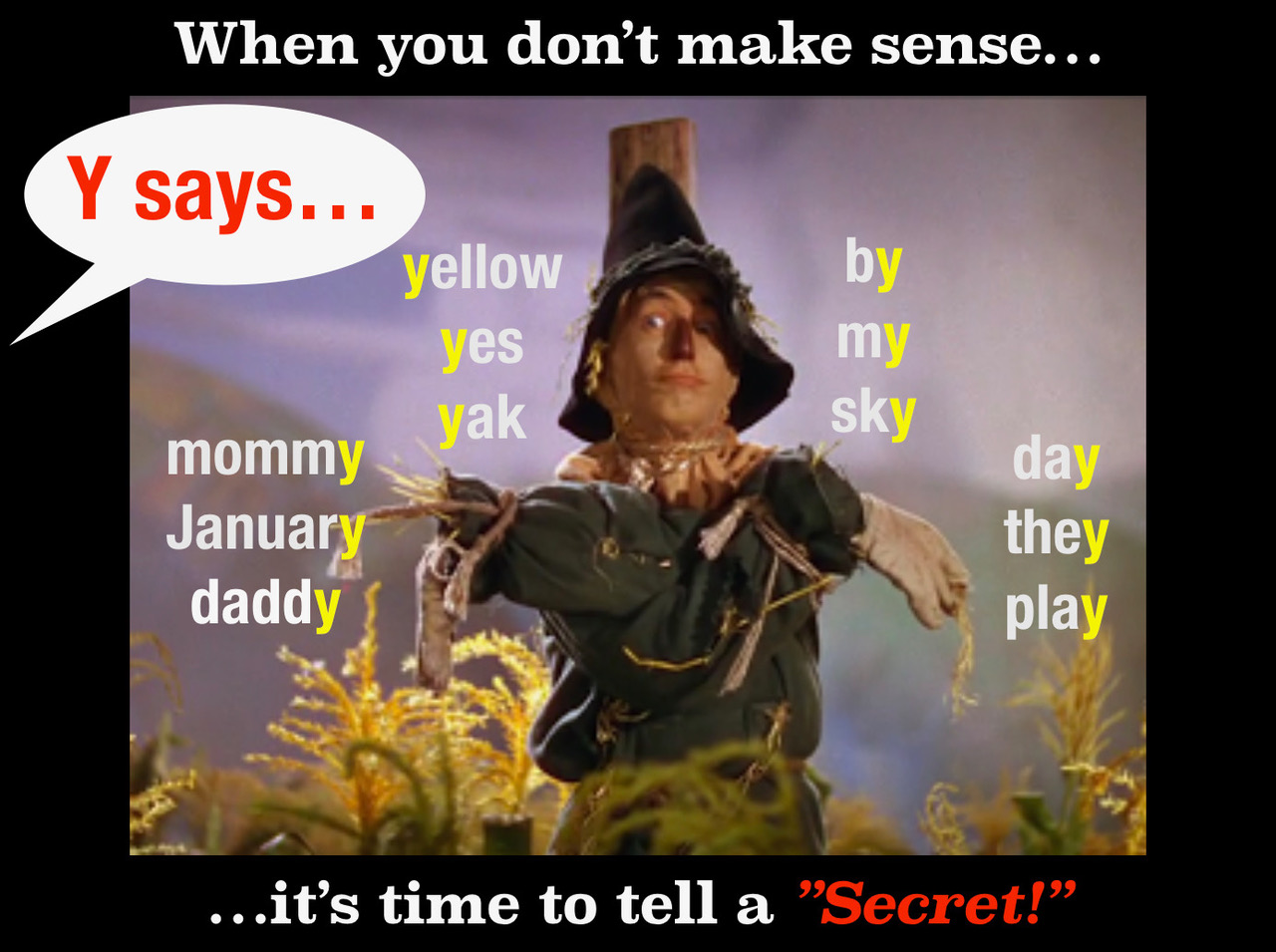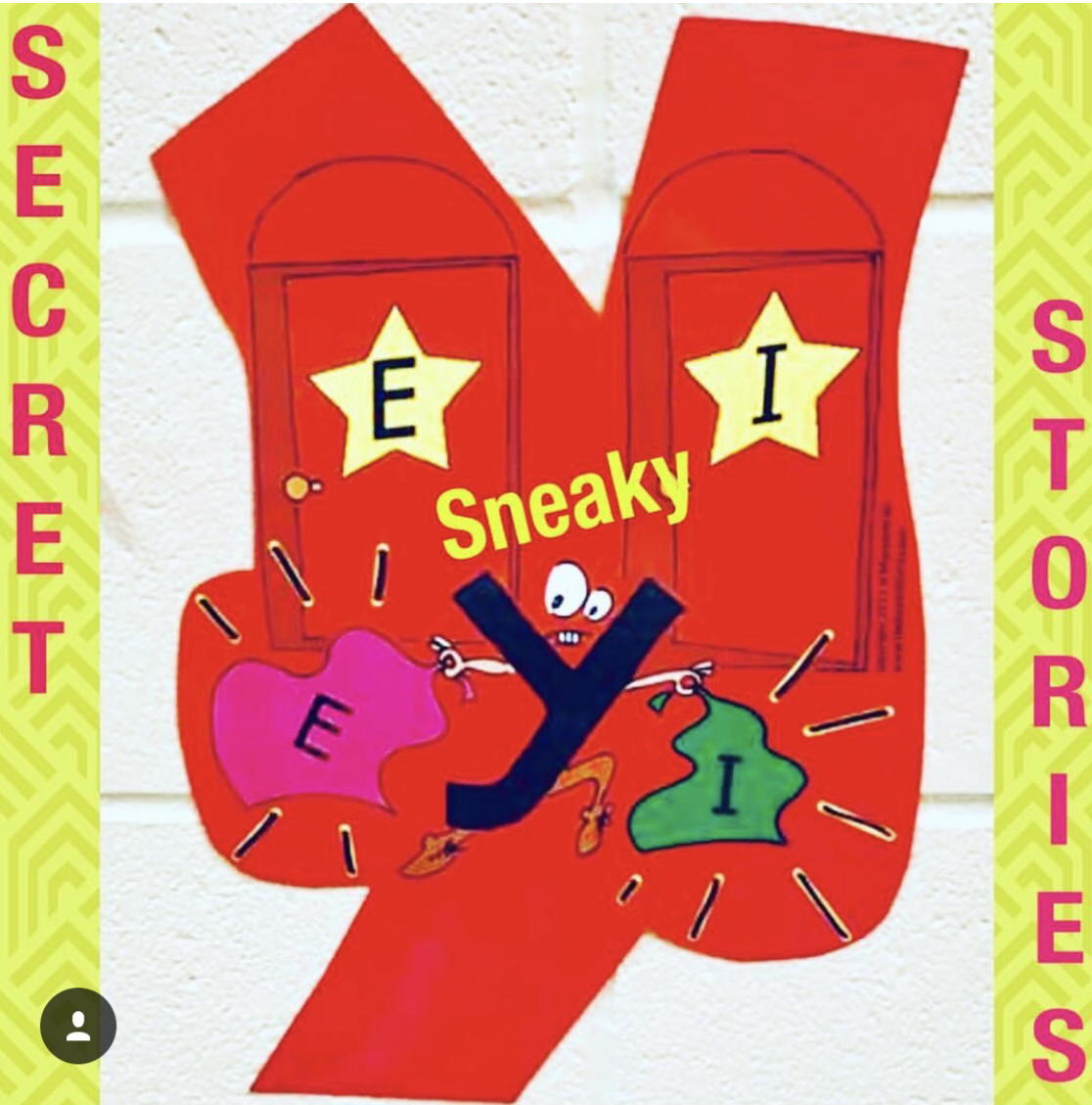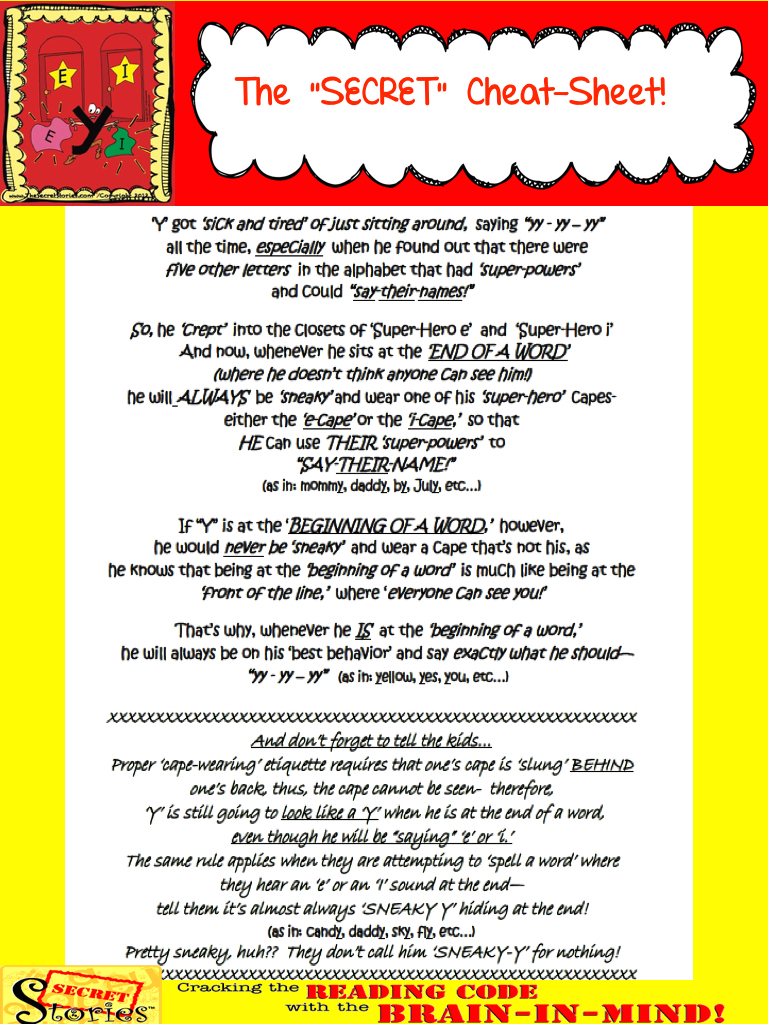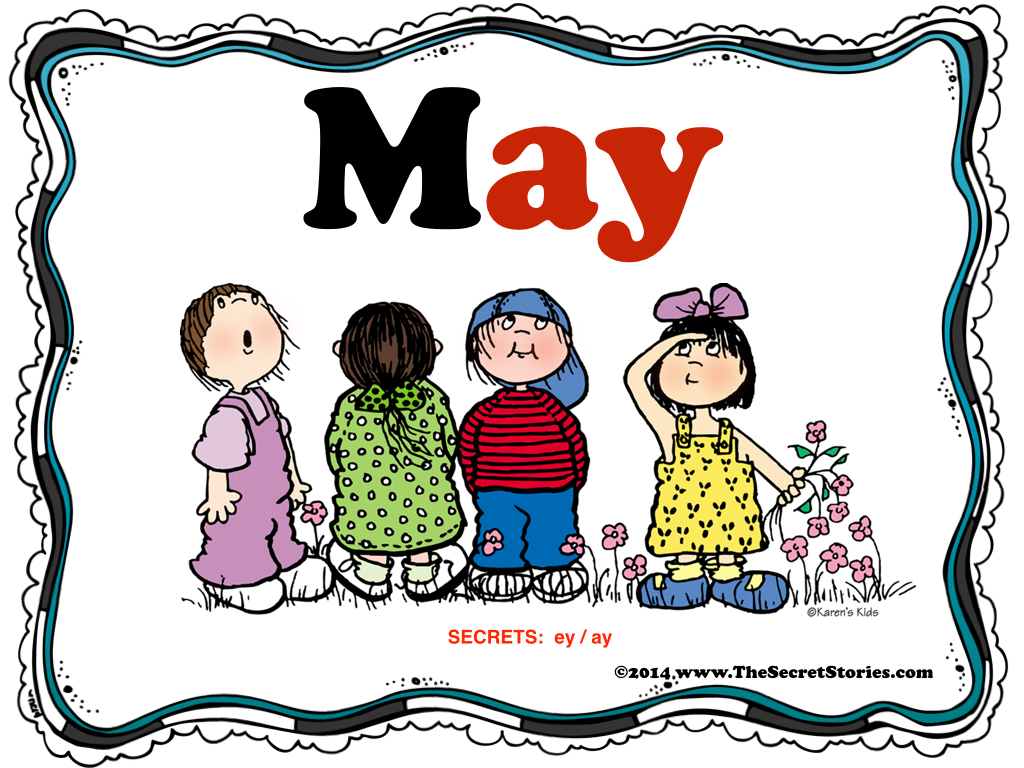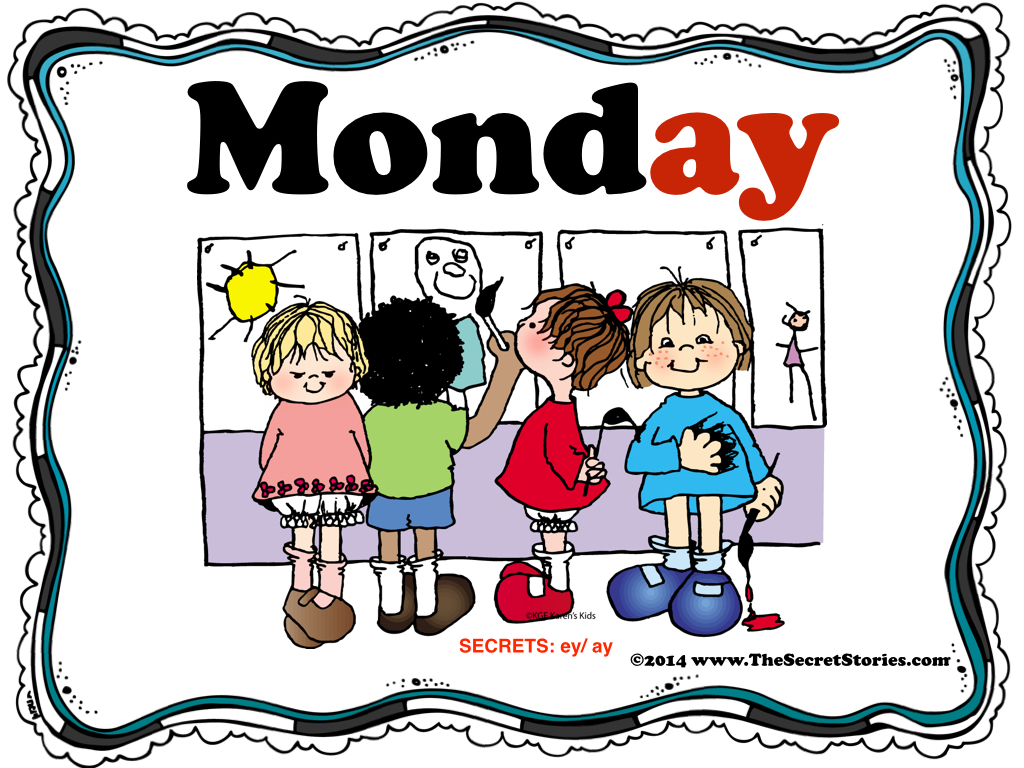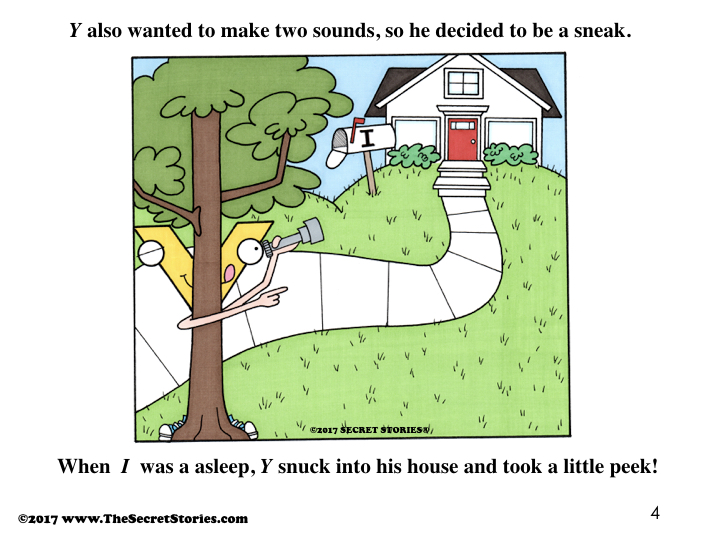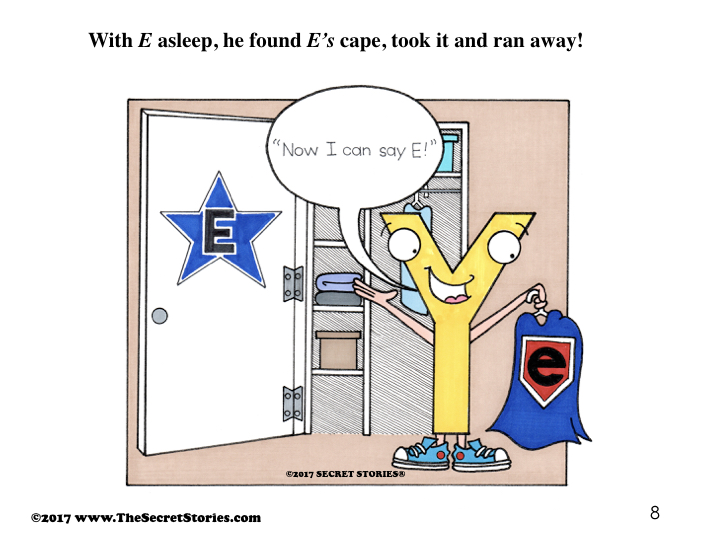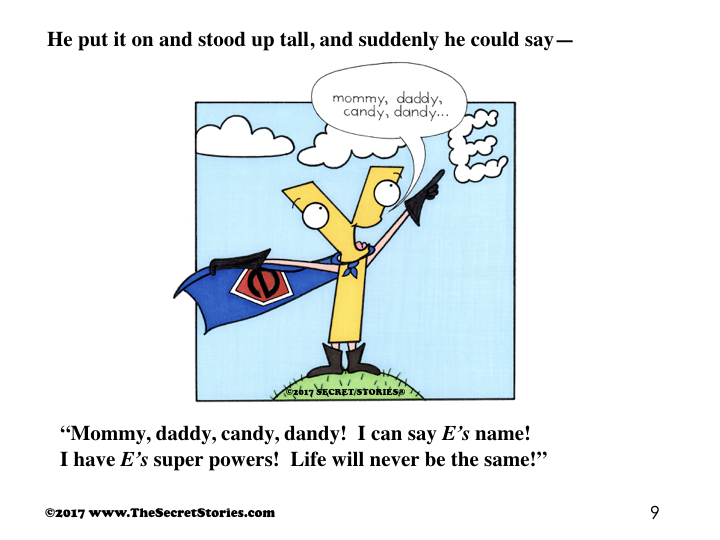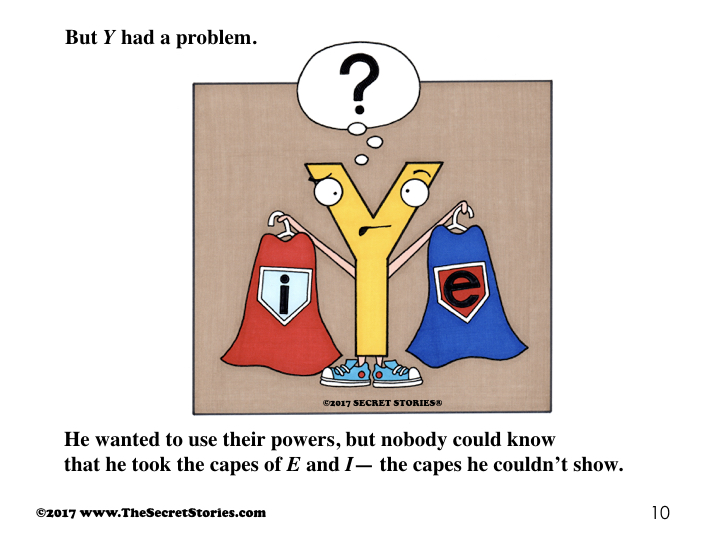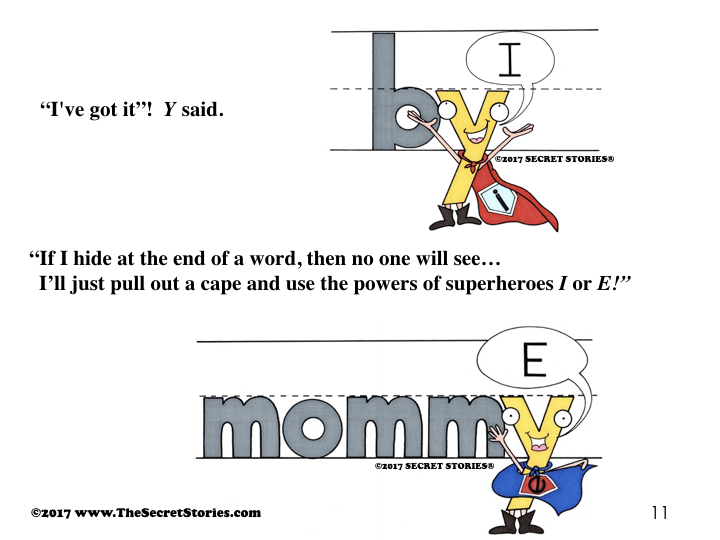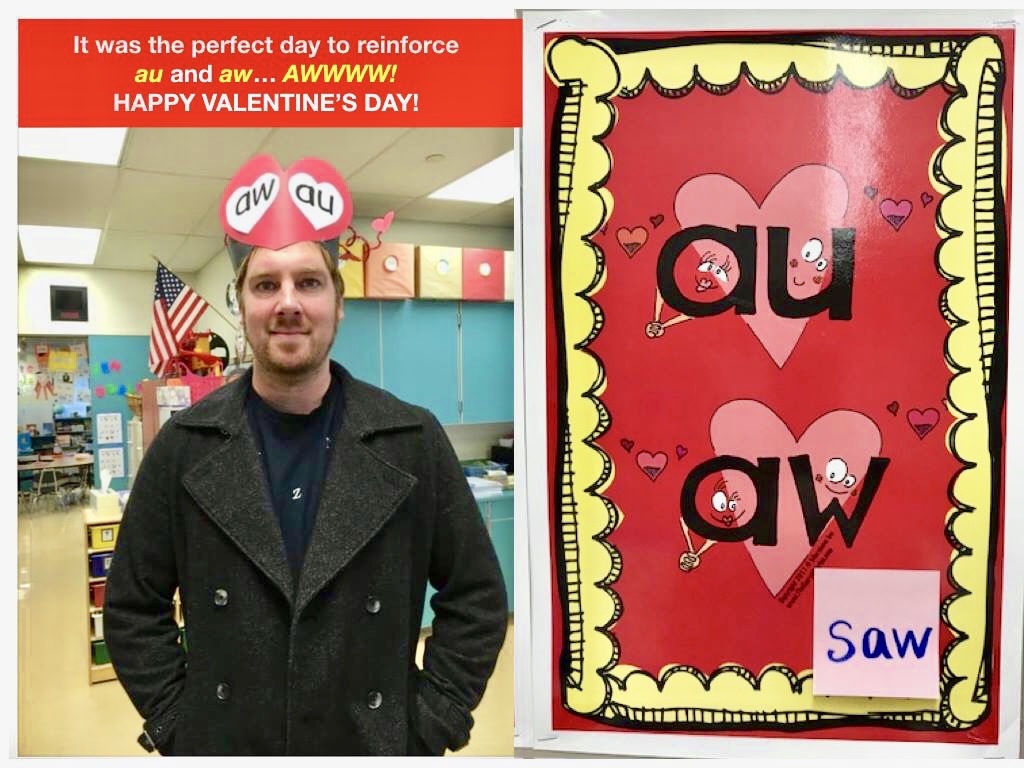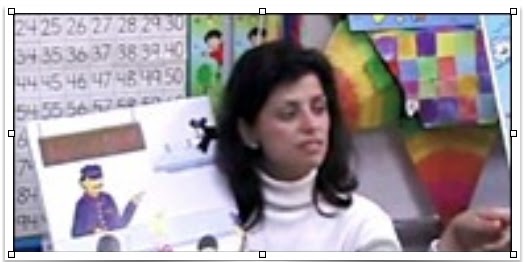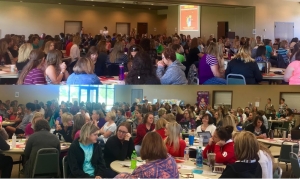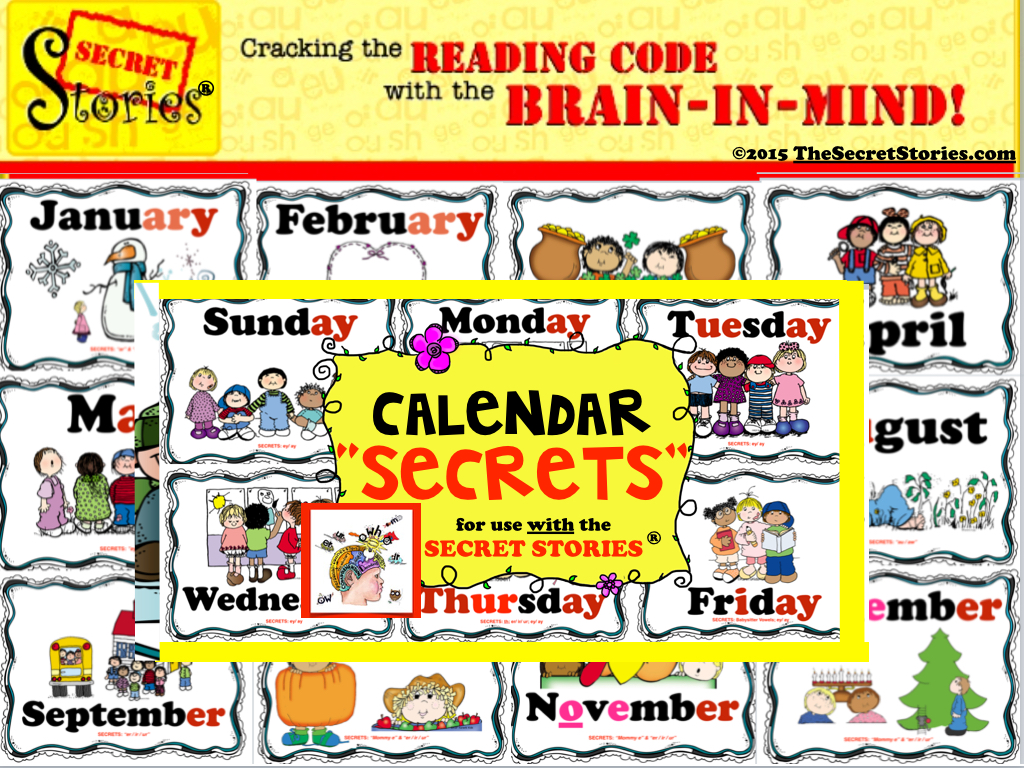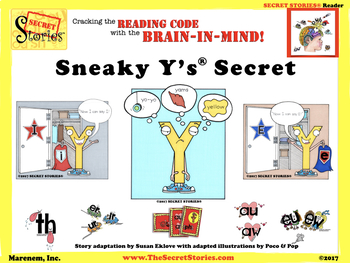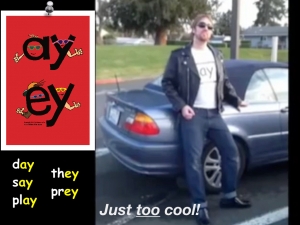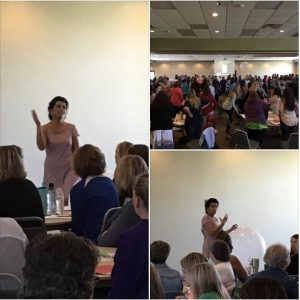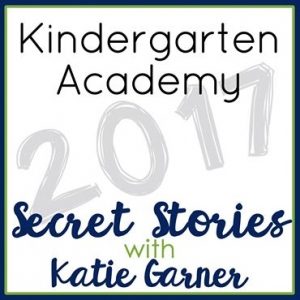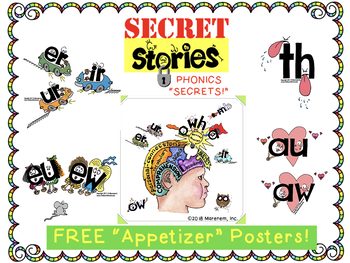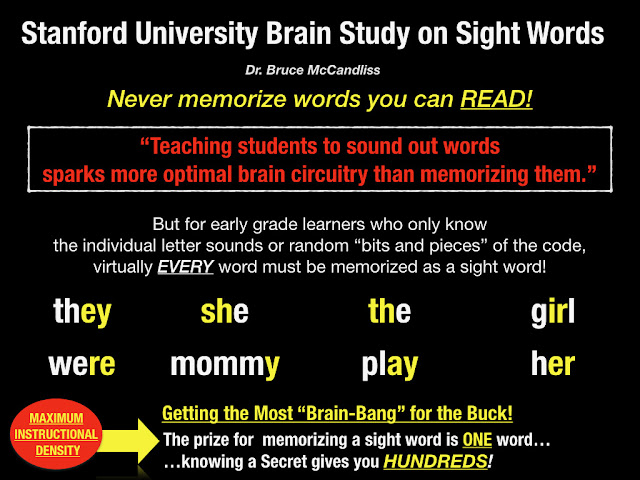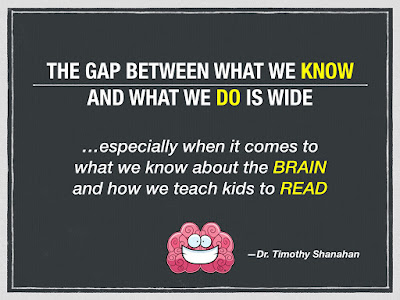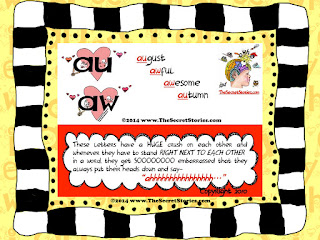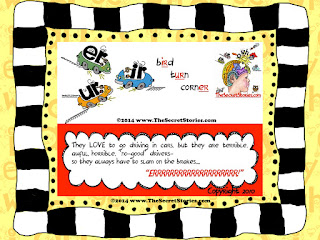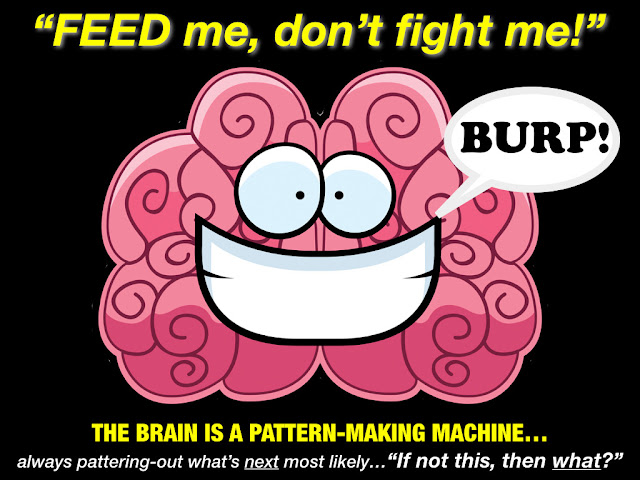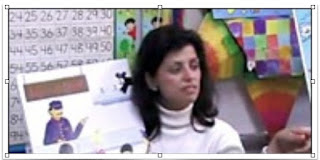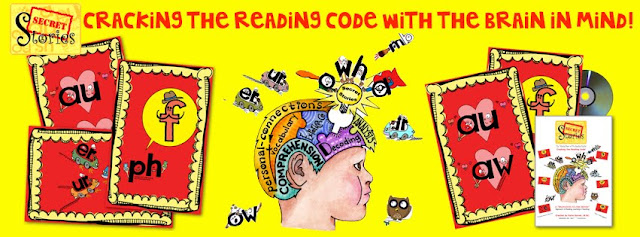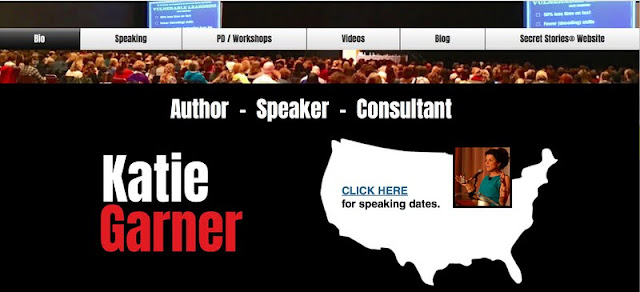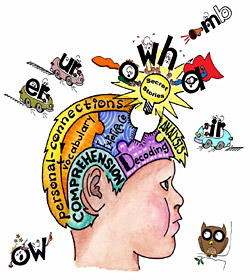-
I can’t wait to play The Better Alphabet song with my students tomorrow. Thanks for sharing!
Replies
Katie GarnerApril 1, 2014 at 2:34 PM
At this point in the year, you might want to ‘go all the way’ and try the “Letter Runs” with them! Here’s the link to that- https://www.youtube.com/watch?v=iHUwuuXsh-0 ……….and don’t forget to try it BACKWARDS!!
-
(you can also switch from ‘long’ to ‘short’ vowel sounds throughout to keep the challenge high :) as well as change the tune to: Happy Birthday, The Star Spangled Banner, etc…
Looking forward to hearing how they do!
Delete
-
-
So many great ideas and a great song!!!! Definitely going to try this with my kids! Thanks!!!
Julie
Reply
-
The Morse Code Operator is a great analogy! Thank you for this post. :)
lorepuckett at gmail dot com
Reply
-
I subscribed!! I will be trying this with my kiddos as well!
Reply
-

I attended the Illinois Reading Conference last month and couldn’t get into either of your sessions! I couldn’t even get close to the doorway :(
Folks were setting chairs out on both ends of the corridor to hear you, but unfortunately my ears are too old to hear from that far away so I gave up! I’m hoping to have better luck seeing you at the Natl Elementary Principals Conference this summer.
You should know that your ‘Secrets’ are an ongoing topic of conversation at our school and have had an incredible impact on our student achievement this year. As a school administrator, it’s been truly amazing to witness the progress made at each grade level, especially by our most at-risk. I’m just in awe, as are our parents (which is always a good thing!)
My teachers were so disappointed that I couldn’t get into your session, as they promised the kids that I would take a picture with you to show them. Apparently the teachers that came to your sessions last year tried, but it was too crowded and you had too many people around you afterwards. I told them that this year was even worse, given that I couldn’t even get through the door!
Hopefully I’ll have better luck seeing you in July!
Reply
-
I know… it was CRAZY! The committee tried to avoid the overcrowding problem that happened last year by putting both sessions in the ballroom but I think their overall attendance this year was just too high, which ultimately is a good thing (but understandably frustrating when you can’t get into what you want to see).
I will most definitely be at the Principal’s Conference in July and I’ll even save a seat for you, just in case ;)
Thanks for your kind email, and please let your teachers (and students) know how happy I am to hear of their progress (and we’ll definitely take that picture, as well!)
Looking forward to meeting you in July,
Katie
Delete
-
-
This is incredible. I appreciate the work that has been put into programs like this and the accessibility of them to other educators and parents. Thank you and well done.
Reply
-
Thank YOU and I’m so glad you found the post here on Mrs. Jump’s Blog!!
Delete
-
-
This was an amazing find. Thank you Deanna Jump for sharing this! I am purchasing the alphabet vertically as I write this. I am so inspired by this motor memory approach. Thank you!
-
So glad you found the post, and be sure to use the vertical alphabet for the “Letter Runs” too… they’re so much fun!! I put the link in the answer to the first comment at the top :)
Delete
-
-
I am so glad I am subscribed to your blog so that I can find and appreciate programs like this. As a first year teacher, this information makes me see things in a new perspective. I would love the opportunity to use this program in my classroom for my students. I would love the opportunity to share this approach with others given the scientific research that has gone into this. Thanks so much to the developer(s) of this program and the difference it is going to make in teaching.
Reply
-
This comment has been removed by the author.
Reply
-
You’re so welcome, and as a new teacher, you would probably get a better perspective/ context if you watch the VLOGS, starting with #1 here….https://www.youtube.com/watch?v=ziT4bautiGk ……
I am gearing up to make the next set before I have to leave town again for conference, with the focus being on “What to do when a “Secret” doesn’t work?!!” as that’s actually where the fun begins for learners with regard to their daily interactions with text becoming a virtual “playground” for critical thinking!!
In the meantime, don’t hesitate to ask, should you have any questions, and thanks again for your comment!
ReplyDelete
-
I’m excited to have a song to share with my kiddos. I would love to win your kit as I am always looking for ways to reach my struggling readers.
Reply
-
This comment has been removed by the author.
Reply
-
I just discovered Secret Stories and the Better Alphabet Song today and I’m in love! I love how engaging it is and how it can meet so many different learning styles! I really like how you put so much thought into the position of the mouth when you did the action for short a on the you tube video. I’m always looking for new ways to make learning meaningful and fun for my kids (why I was on this blog) and feel like I have hit the jackpot with this find! I wish I could go back in time and could have done this with my class since day one. We review letter sounds and phonograms daily- and I’m embarrassed to admit but it b-o-r-i-n-g the way I’m doing it now and definitely something I want to improve on. This is just what I needed and will totally transform how I teach phonics. So excited to make something that was not so fun into something I know my kids will not only love doing but truly benefit from.
-
LoL…. I remember feeling the same way when I’d stumble upon something that would completely change the way I teach! I’d always feel SOOO badly for my previous classes, who I sometimes felt, learned ‘in spite’ of me….especially my very first year – ugh :(
I remember wanting to buy my whole class t-shirts with- “I survived Mrs. Garner’s 1st Year Teaching!!” written across the front!! ;)
Delete
-
-
I think this sounds fabulous and I will be trying this out with my title students. I notice that my title students DO NOT know their alphabet-ever, nor their sounds. This should be the answer!
Reply
-

It’s funny you mention this, as often readiness issues are more pervasive with Title I learners, for a variety of reasons.
These ‘work-around’ strategies (i.e. motor/ muscle memory for individual letters and sounds; social/ emotive connections/ cues for complex pattern sound retrieval) are crucial for learners struggling with cognitive readiness.
For these learners, in particular, the ability to GIVE these core reading and writing skills, rather than having to wait on ‘developmental readiness’ in order to TEACH them, truly makes all the difference!!
So many of the problems that Title I learners face stem from the fact that in the first few years of school, they are ‘slaves’ to their own developmental readiness, resulting in their having to continually play on an uneven playing field!
By using brain research findings to circumvent these pitfalls, we can actually avoid these deficit areas in the brain entirely, targeting the stronger, more capable areas instead!
(Hope this makes sense…. have had glass of wine!!! :)
Delete
-
-
I think this sounds fabulous and I will be trying this out with my title students. I notice that my title students DO NOT know their alphabet-ever, nor their sounds. This should be the answer!
Reply
-
I am a HUGE Secret Stories fan….I use your very first Secret Stories set! Every year, my students amaze me with their writing and reading and they looove their “stories”.
I am so glad to view your videos and your updates here. I learn something new everytime. Thanks so much !
Denise
Reply
-
Oh my! You HAVE been using them for a while then!!
I’m so glad you found the videos and updated info on the Secret Stories website, as I’ve really been working hard to ‘flesh-out’ the basic strategy-base.
I’m curious if you’ve been in the same grade level since you started using them or if you’ve moved around a bit?
Delete
-
-
I have only taught Kindergarten…30 years total. I can’t remember exactly how long I have had my set of Secret Stories…maybe since 2000/2001?? .they are just part of my routine. Like I said….my kids constantly amaze me with their progress.
My best teacher friend went to your workshop …she was so impressed, she came back and told me all about this great new program. I was so excited I purchased the set with my own money and have been using it ever since.
-
-
I will be sharing this with my new teammates of next year’s Kindergarten. Soooo excited!
Reply
-
Hello. I have a question. Why don’t you do all three A sounds– A as in apple, A as in gate, and A as in about? I have a chant that I made up years ago with the sounds, but it has all three common A sounds that beginning readers come across in their reading. Just wondered why three Y sounds, but not three As. Thanks for letting me know. Kathleen
-

Great question! And the answer actually lies in the ‘rule-of-thumb’ I used when creating the “Secrets” in the first place, which was to “avoid having too many cooks in the kitchen” when it came to identifying the most useful phonics rules!!
(and by useful, I mean ‘only what’s necessary to be able to read and write,’ given that the goal is to give learners at the earliest grade level EVERYTHING they need to jump into working with text…. both reading and writing!!
Because the brain will require an explanation for anything encountered on a fairly frequent basis in text- there could be ‘no stone left unturned’ when it comes to accounting for the various letter patter sound possibilities. This, however, is different from teaching “rules for rules’ sake” (i.e. the less useful and/ or less frequently occurring phonics rules/ sound patterns).
My rule of thumb was to account for only those patterns/ sounds that occurred ‘5 times or more’ in text, given their likelihood to be encountered often enough by learners to require an explanation.
Patterns/ sounds occurring LESS than five times would are either put in “Word Jail” OR ‘rehabilitated’ …. so as to avoid having an ‘overcrowded prison system’ / overcrowded word wall, both of which are equally ineffective ;)
As for your specific question regarding the letter a and providing the ‘uh’ or ‘schwa sound’ being taught/ included in the “Better Alphabet Song” as an additional sound option…. this would be an example having ‘too many cooks in the kitchen,’ in that there is too little value/ purpose in teaching it.
What I mean by this is, if a beginning learner knows the SECRETS, he will attack a word like ‘about’ or ‘around’ with a ‘short a’ sound, as he knows that Mommy e isn’t ‘one letter away’ and thus can’t make a ‘say its name.’ Attacking these words with the short a sound will STILL result in learners (even lower level Kindergartners!!) still being able to ‘get the word.’ In other words, they will still recognize that the word is ‘about’ or ‘around,’ regardless of the fact that they attacked it with the short a sound …… The presumption is that learners can and will apply at least a “grain of common sense” in recognizing the word, and my experience with the ‘lowest of the low’ kindergartners proves this out!!
By taking into account the differences between how words can sound, depending upon how they are sounded out, I was able to determine which required SECRETS and which were, for lack of a better term….”figure-out-able!!” LoL!
With the Sneaky Y, all THREE sounds had to be accounted for, as they are all vastly different (y as in yellow, y as in July, and y as in mommy) ….. Each are entirely different sounds and thus, each must be accounted for with logical explanations as to what / why causes each to occur.
Again, with the ultimate goal being to GIVE learners EVERYTHING they need to read and write at the EARLIEST grade level, so as to allow EXPERIENCE to be the best teacher….. it was necessary to think in terms of training “ER Doctors” ….. preparing them for what’s ‘most likely’ to roll through the door, while spending less time preparing them to handle the “plague” ;)
I hope this helps to clarify the basis for the SECRETS, and I promise to get into more detail about exactly this in upcoming posts…. you’re just one step ahead with your great question!!!!
Delete
-
-
Thanks for this. I get the frequency point. We could never teach beginning readers all the sounds that letters CAN make in this isolated way– look at the VERY many sounds that ‘o’ can make when paired with ‘h’ when ‘ho’ comes at the beginning of a word! :) The only reason I added the ‘a’ sound heard at the beginning of words like around and about as a third sound in my chant, was because my guys weren’t getting that kind of word by knowing just the first two possible ‘a’ sounds… but maybe it was not the isolated sound that ‘a’ makes in that case that was the issue, but the fact that they were saying “ar…” as the beginning ‘sound’, instead of the necessary two syllable “a-r…” When they kept saying ‘ar, ar, ar” instead of ‘a’ when starting words like around, they got stuck. They seemed to get it better when they had that third ‘a’ sound to try. Thanks for sharing why you do it this way– always more food for thought– I can teach 100 years and I’ll still be growing my own brain :)
-
-
This sounds awesome! I’ve been looking for a way to help my kinder. Can’t wait to try it!
Jada
jadawtolbert@gmail.com
Reply
-
What a great idea! LOVE this and can’t wait to use it with my kinders! Thanks for sharing!
Reply
-
This article really intrigued me! As I was reading the “why” of certain discrepancies, I was picturing specific students I’ve had along the way. thanks for sharing
Reply
-
Getting learners to ask “why” is actually our goal,
as the “WHY” equals “CRITICAL-THINKING!”
:)
-
-
I LOVE secret Stories! My students Love hearing the stories behind each letter or letter pair.
Reply
|
|
|
|
|
|
|

